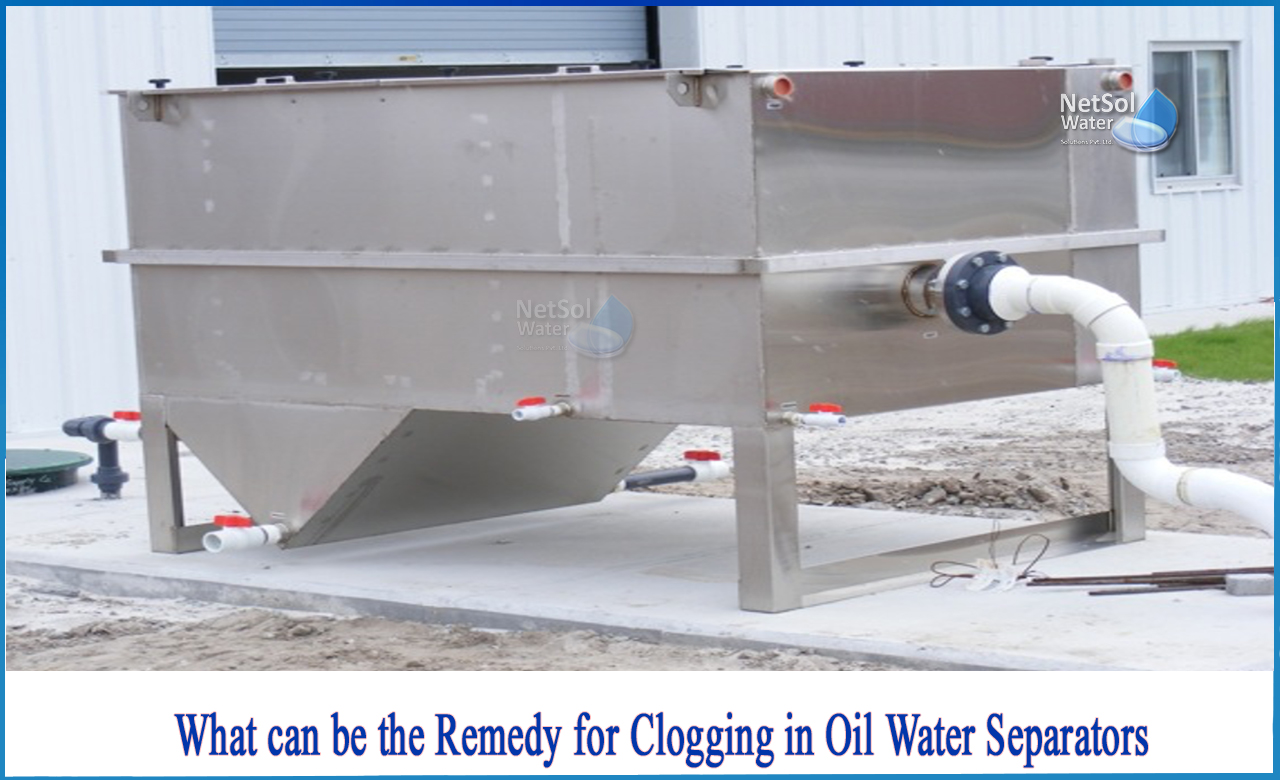Introduction:
Isn't it true that oil and water don't mix?
Certainly, yes, but in an industrial wastewater treatment facility, things become a bit sketchy.
What can be the remedy for clogging in oil water separators?
While oil will float to the top of a glass of water if you pour it in, extracting oil from wastewater is a far more difficult and sophisticated procedure. Not only does it need specialised equipment such as oil water separators, but it also necessitates a variety of chemical and biological filtering procedures in order to generate clean water. It is difficult to treat wastewater or guarantee that filtering efforts are performing properly without these procedures.
What exactly is an oil water separator?
An oil water separator is a piece of specialised machinery used to remove suspended particles and oil from wastewater. Oil water separators, which are made up of stacked plates, operate similarly to sifters by flowing wastewater over each plate and eliminating oil particles.
Oil water separators assist safeguard the environment by eliminating oils and other harmful compounds from sewage, in addition to expediting the wastewater treatment process.
Common issues with oil-water separator and their remedies:
1-Water is not flowing into the oil water separator, or there is a low flow into the oil water separator
A low water flow might be an indication of a problem with the pump, sump level, or suction line. Some of these difficulties are universal to all separators.
To clear the suction line of a gravity or coalescing separator, follow these steps:
· Flushing removes impediments.
· Repair any cracks or loose fittings that are allowing air to enter the system.
· Remove any impediments from the foot valve.
2-Water is flowing into the waste oil container or out of the top of the separator
· The waste oil collar within the device might be adjusted too low. When the pump is working, the collar should be adjusted to five millimetres above the water level to prevent free water from being skimmed off with the waste oil.
· Look for a discharge obstruction. Examine media packets and clean as needed. Regular blockages may necessitate additional inquiry into unit size and solid material clearance.
· The pump might be rated incorrectly. Excessive flow rate through the unit has a detrimental impact on its functioning.
3-There is no oil in the waste oil container
· The waste collar within the device may be adjusted too high. When the pump is working, the collar should be positioned five millimetres above the water level to ensure that oil is evacuated from the system and does not accumulate inside the separator.
· Because the waste water stream is pure, no oil is gathered. There is no need to take any action.
· Oils have created an emulsion in the waste water stream and cannot be extracted by a coalescing or vertical gravity separator. Check that no unauthorised degreasers or detergents are being utilised in the system.
4-The pump is overloading and the system is switching on/off
Problems with turning on or off the equipment are mainly caused by electrical or control panel faults.
5-There is oil in the water discharge
There are three possible reasons for oil being transferred into the water discharge stream. For starters, an oil leak may have overburdened the system. Second, the waste oil decant tank may be completely filled. Third, emulsion formation may occur.
For more information, contact Netsol Water!
Netsol Water is Greater Noida-based leading water & wastewater treatment plant manufacturer. We are industry's most demanding company based on client review and work quality. We are known as best commercial RO plant manufacturers, industrial RO plant manufacturer, sewage treatment plant manufacturer, Water Softener Plant Manufacturers and effluent treatment plant manufacturers. Apart from this 24x7 customer support is our USP. Call on +91-9650608473, or write us at enquiry@netsolwater.com for any support, inquiry or product-purchase related query.



